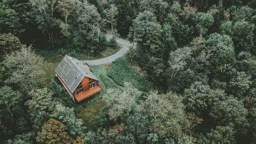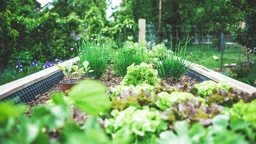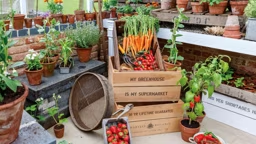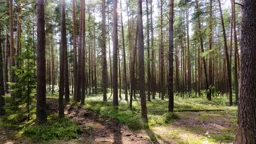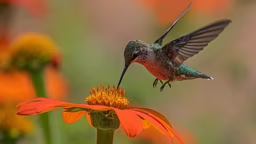
By Jennifer Baker
I don’t think my grandpa gave much thought to either the type or placement of pines that he planted around the cabin that he just built on the quiet shores of Oneida Lake. The four red pines were personal tributes to each of his four daughters on his newly created kingdom; a cozy three room, pine-paneled palace where he found solace and muskies. Those tiny red pines are now towering over the cabin that’s shared by his children, grandchildren and great grandchildren. Even though they’re rubbing against the bay window and compromising the concrete block foundation, nobody has the heart to take them down, given the void they’ll leave along the shoreline – and in the hearts of those four girls ... well ... adults.
I always think about those pines when I’m creating designs for my clients. No matter how tightly you want to space your new trees and shrubs to hide the mess left by new construction, you have to remember that they will get bigger! Although Grandpa was on the right track plant-wise by selecting an evergreen adapted to the signature sands of the Wisconsin North Woods, he missed the mark on placement to allow for growth. As far as type goes, as a native landscaper, I always advocate native trees and shrubs as the primary component of my client’s landscaping wish lists for the top three reasons.
Natives Are Hardy
Matching trees and shrubs that evolved in your specific U.S. region for eons will trump a Eurasian-import any day as far as hardiness and subsequent need for maintenance. The trick is selecting stock that matches the soil, moisture and sunlight conditions unique to your site. If you’re planting on well-drained sand in full sun, use jack pine, white oak and red cedar. For heavier soils in partial shade, look to musclewood, hemlock and bladdernut. There are thousands of choices! The difficult part, as is true of any situation where there are many choices, is making a decision.
Natives Attract Native Wildlife
If you enjoy seeing butterflies while reading a book on your dock, native plants are also your best choice. Native oaks alone support more than 500 species of native butterflies and moths, which, in turn, bring in insect-eating birds like whip-poor-wills; their song a classic complement to loons calling over the lake at night.
Natives Blend
Native plantings create landscapes that blend with, instead of setting themselves apart from, the natural surroundings. Most of my clients purchased their lake homes or lots because they were attracted to the beauty and tranquility of the woods. Why plant a landscape full of exotic introductions when the natural beauty was what appealed to you in the first place?
The placement of trees and shrubs is a little trickier as each species has a unique growth pattern. In all cases, you’ll need to educate yourself on the height and spread of the mature tree or shrub; information that is readily available online or through most nurseries. In general, I use the following rules when I’m placing plants into a design or on the ground.
When planting trees and shrubs in your landscape, space individuals based on a percentage of their mature spread. This percentage will vary pending the aggressiveness of the species you plant. For example, if you’re planting a grove of rapidly growing gray dogwood or sumac, space them at 80% to 90% of their average mature spread as they will fill in quite quickly (landscaper-speak calls this planting a designated number of feet “on-center”). If you’re planting a grove of slower-growing old-field junipers, space them at 50% to 60% of their mature spread, as it will take them several years to close the gap.
When planting trees and shrubs near your home, allow enough space for height and mature spread. If my grandpa would have done his research, he would have planted those red pines 15 more feet from the base of the cabin foundation and well to the side of the bay window to allow for future expansion. I’m not knocking him for it though; his intentions were good. The same could be said for planting trees and shrubs along your deck. You also have to consider your “mess tolerance.” If you’re worried about sap, berries or seeds, make sure you allow enough distance between plant and planks, or select plants that don’t have these issues.



